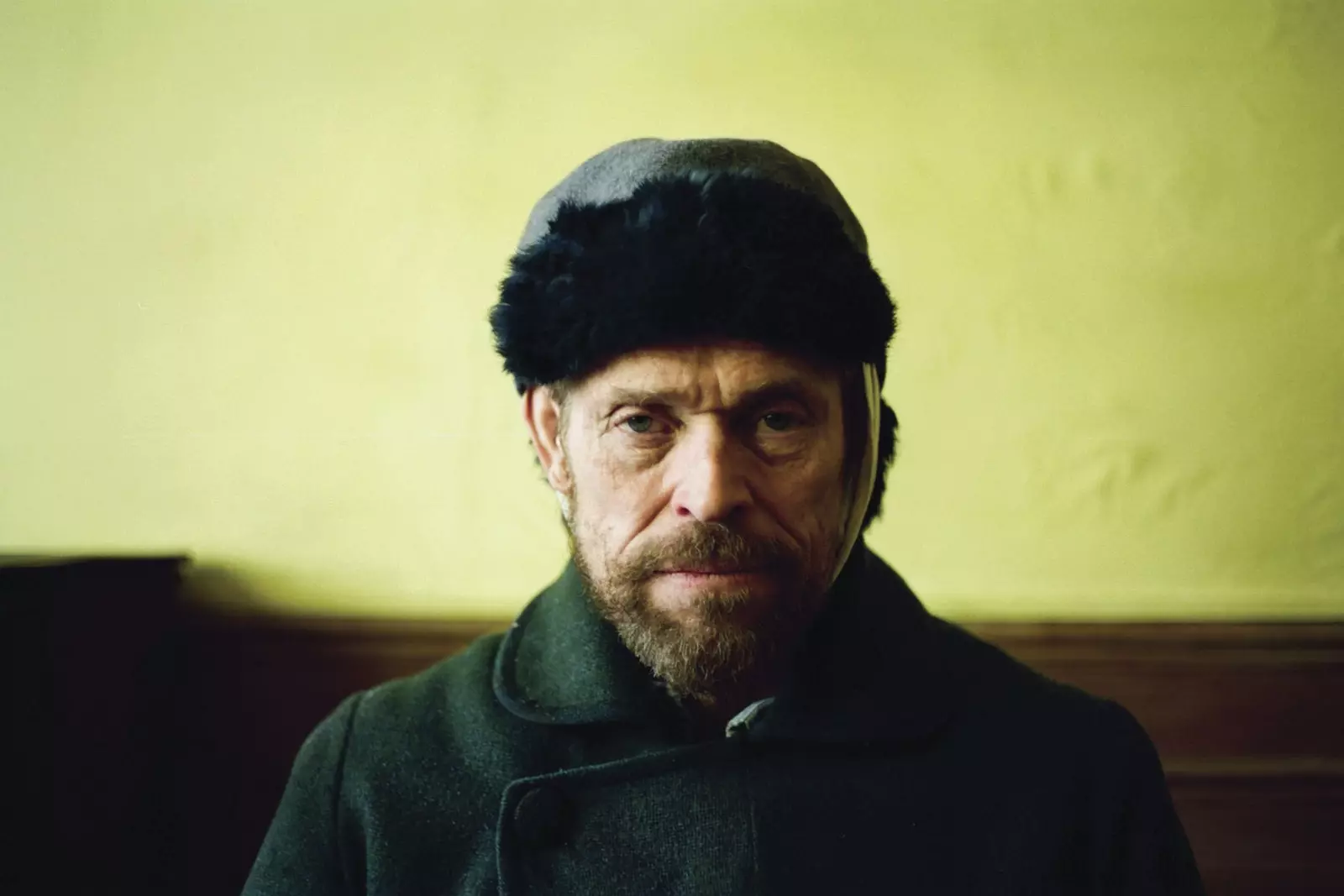
Willem Dafoe is indeed at the gates of eternity.
"God made me paint for people who haven't been born yet." With this simple phrase the director and also a painter julian schnabel sums up the spirituality, tragedy and genius of Vincent van Gogh in his film Van Gogh, at the gates of eternity.
Willem Dafoe, interpreting the artist in the last years of his life, the happiest, most creative, most productive, he says these words to the priest (incarnated by Mads Mikkelsen) ** who will discharge him from the monastery that is still today a psychiatric hospital in ** Saint-Paul de Mausole, in Saint-Rémy de Provence.
Van Gogh voluntarily entered this asylum to receive hydrotherapy and was given a room with a view of the garden of irises and lilacs. That peace that he found being among nature made his hands move quickly on the canvases. In the few months that he was at Saint-Paul de Mausole he painted 150 works, between them Lilies, The Starry Night or Wheat Field with Cypresses. For the film they were able to enter that same room that inspired him.
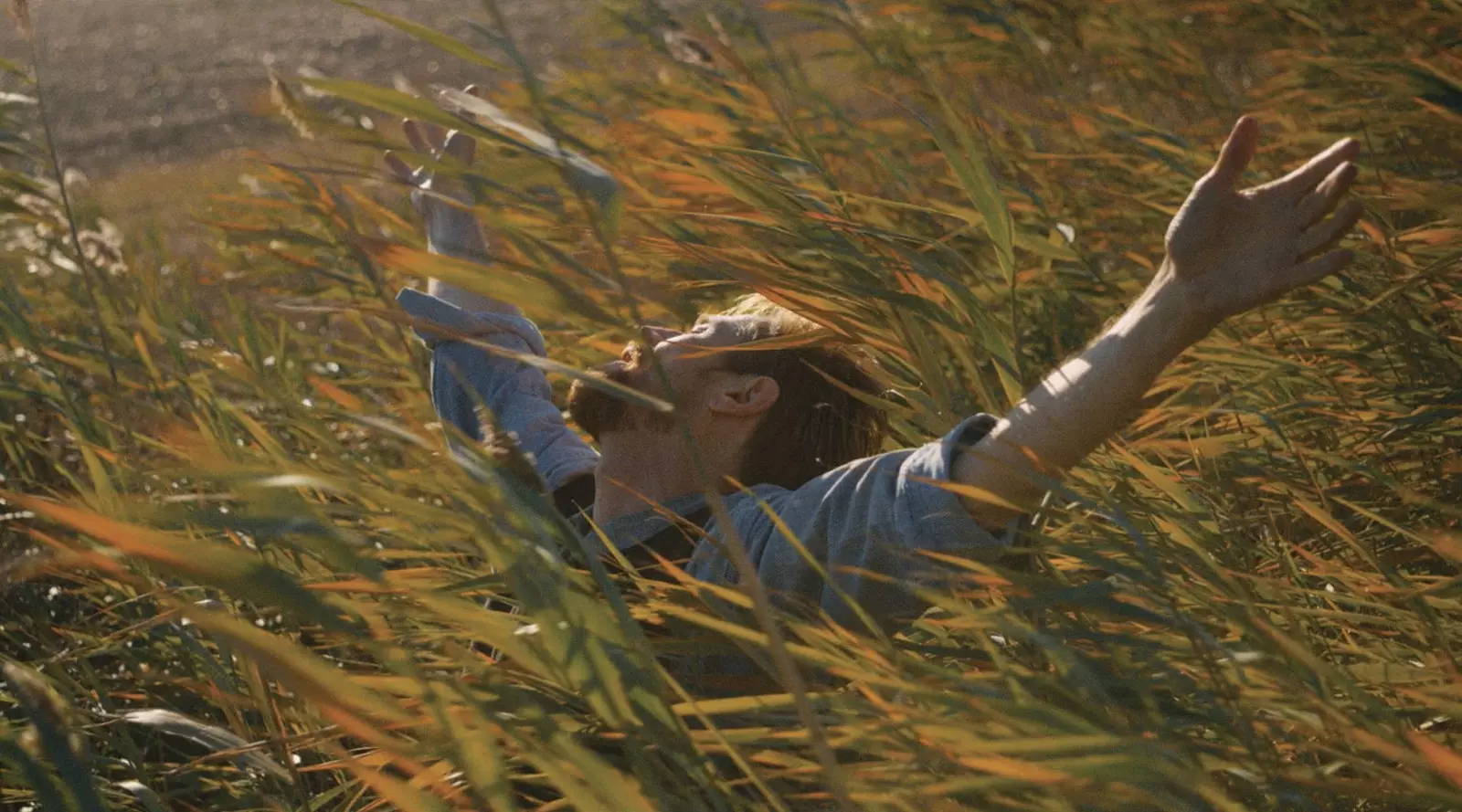
Nature and happiness were one thing.
Shooting in the real places where Van Gogh was was essential for Julian Schnabel that he has not made this film as a new biography of the painter. “The Van Gogh seen in the film stems from my personal response to his paintings, not only of what has been written about him”, says the filmmaker. And that is why it was essential to put yourself in his place, visit the places he visited, walk through them, even run through them.
“Through Van Gogh's paintings and drawings, you see someone who is cut off from society and immersed in nature. We had to follow his path to see what he saw”, He says Louise Kügelberg, co-writer and narrator of the film with Schnabel. “Silence is as important as the word, the landscape as much as the portrait. To make this movie we visited all the places where Van Gogh worked and lived in his last two years: Arles, the asylum in Saint-Remy and Auvers-Sur-Oise. As the The film is narrated in the first person. It gives you the opportunity to live a little bit inside this man, instead of watching him from afar."
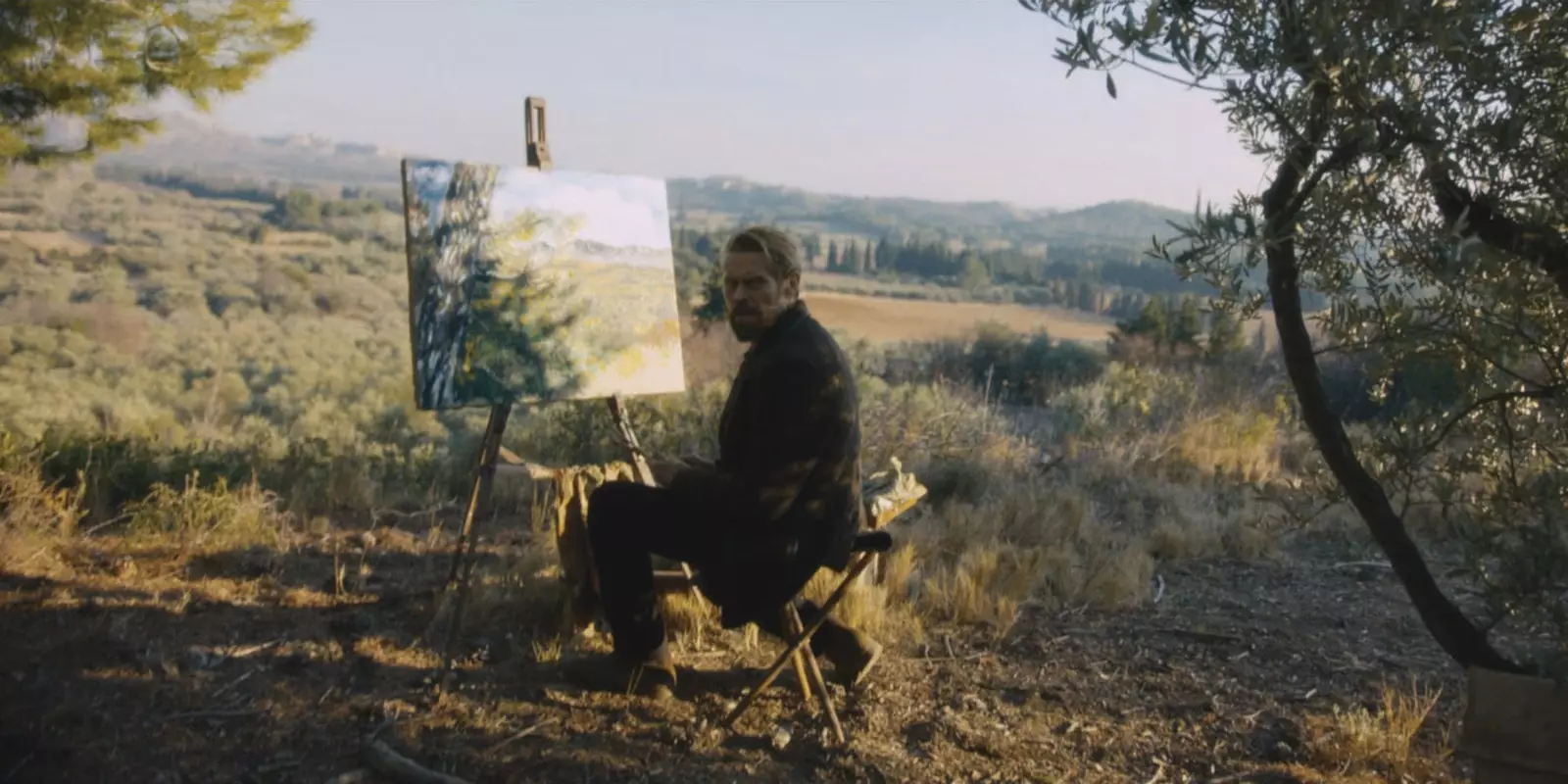
Paint outdoors, paint free.
"The flowers die, mine will resist"
In February 1888, Van Gogh leaves gray Paris and he moves to Arles, in search of its natural light, its skies, its fields. He settles in a yellow house (reproduced in the film) and lives austerely with the money his brother sends him Theo (Rupert Friend) in the film). He makes some friends between the postman or the owner of the town tavern, Madame Ginoux **(Emmanuelle Seigner) ** who would give him an accounting notebook that he filled with drawings and was found in 2016 (controversially due to its authenticity, Schnabel decides to believe it is by Van Gogh).
In November of that year he receives a visit from his friend, Paul Gauguin (Oscar Isaac). They paint hand in hand. Although Van Gogh's painting is born from observation and experience, and Gauguin's from memory. They are both happier in the outside world.
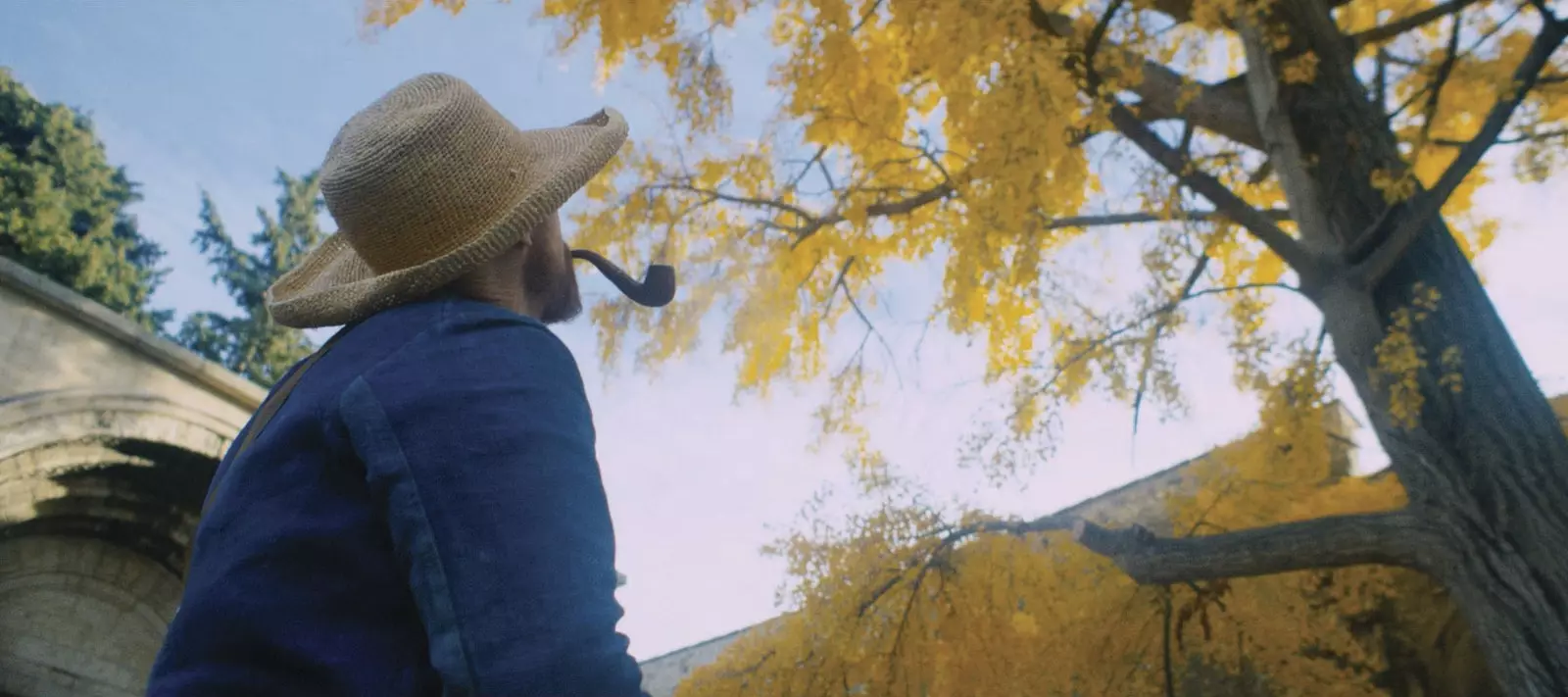
The colors of Provence in autumn.
In the film, the camera follows him from the ground, from the sky, sometimes held by Dafoe himself so that we can see his point of view, the enjoyment he feels when he is among nature. “The faster I paint, the better I feel”, he says. "I need to paint in a feverish state." "The essence of nature is beauty." “I cannot live without painting”.
"Actually, the anchor for playing Vincent was being in nature, painting," says Willem Dafoe, who learned from things as seemingly trivial as holding brushes to applying brushstrokes and color as Van Gogh did. And above all, he learned to paint what the object or landscape he painted conveyed to him. And so, he better understood this artist who in the last century has achieved fame that he never had in life but to almost absurd limits that this film wants to erase.
"Reading his letters changed my perspective on who I thought he was," Dafoe admits. “That, together with learning to paint, completely changed my idea of him, of his happiness, of his intention and of the feeling of service to humanity that he had. It is something that goes against the accepted and conventional bourgeois idea of the poor artist that he is so sensitive, misunderstood and unsuccessful in his time. It's true in a way, but our goal was to focus on the work and if you focus on the work you can understand his connection, his happiness and his appreciation of the power of art.”
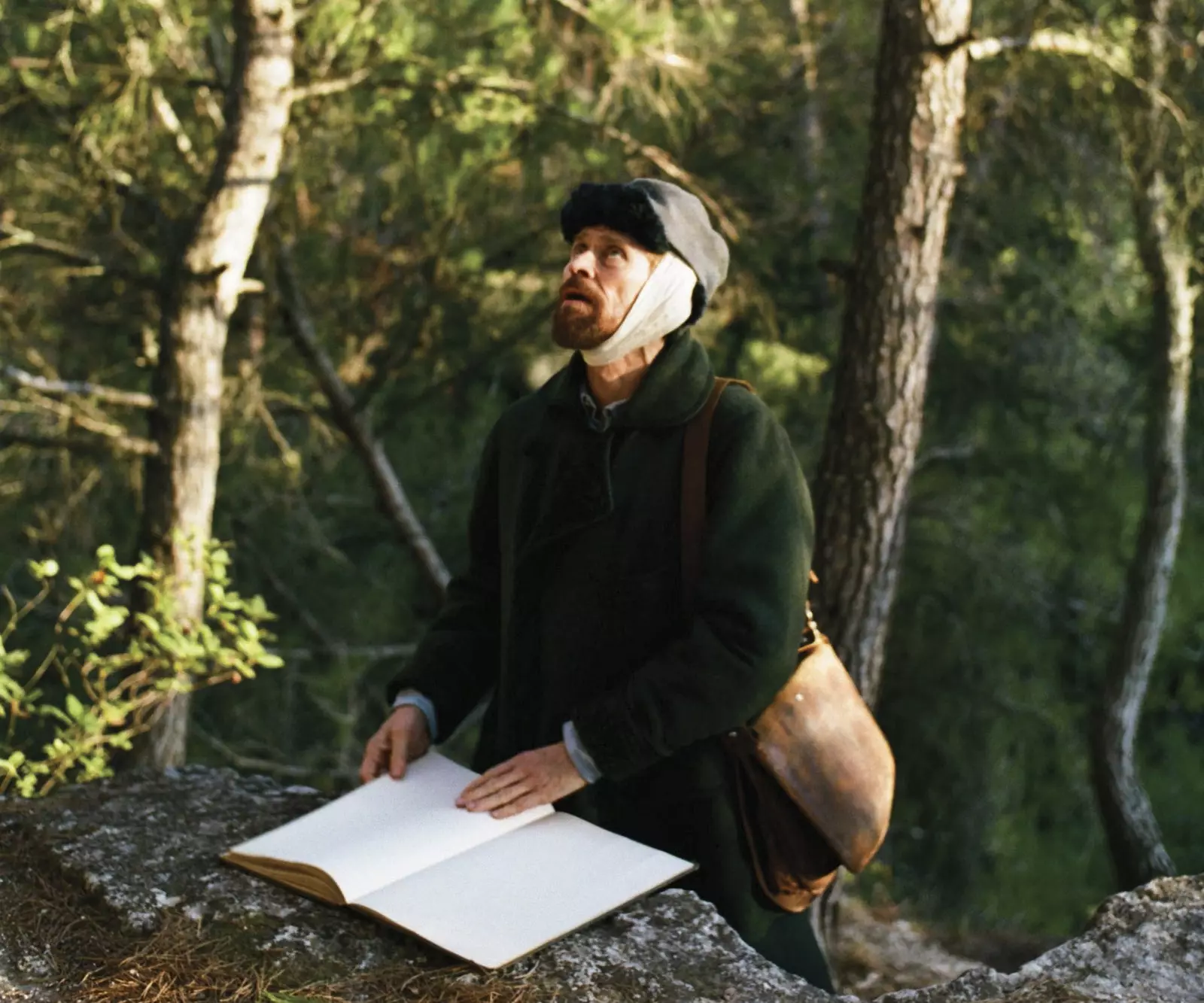
In Provence he found the gates of his paradise.
“I paint to stop thinking”
"Why do you paint?" asks his last best friend, the doctor Paul Gachet (Mathieu Amalric), whom he met in his last residence, after leaving Saint-Paul de Mausole, settles in Auvers-Sur-Oise, closer to his brother Theo than him, and where he paints 75 pictures in 80 days. "I thought that an artist had to show his vision of his world, but now I only think about my relationship with eternity," Van Gogh replies.
Despite not selling paintings in life, his emotional ups and downs, his psychological instability (although there are theories that suggest that he did not cut his ear but rather Gauguin and the two covered up for him), Van Gogh did not suffer, says Julian Schnabel's film.
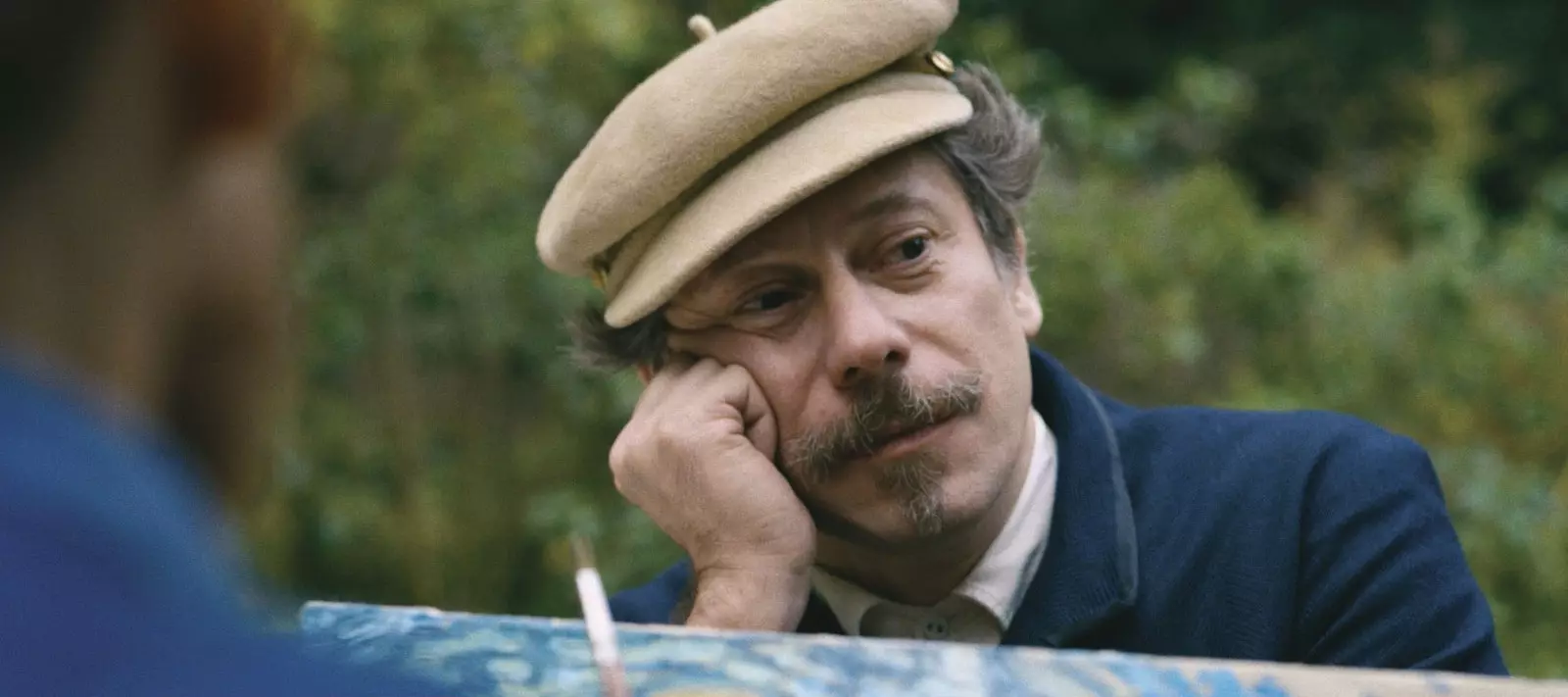
Mathieu Amalric is Dr. Paul Gachet, one of his most famous portrayed.
“When Vincent communes with nature he is a rich man and it doesn't matter if he has sold paintings or not. That's not what he's looking for,” he says. He was looking for transcendence, eternity, spiritual connection with his art and the world. And, therefore, Schnabel maintains, as the film already did loving vincent, Van Gogh did not commit suicide, he was shot and he accepted his fate with pride, honor and calm because he passed through the gates of eternity.
